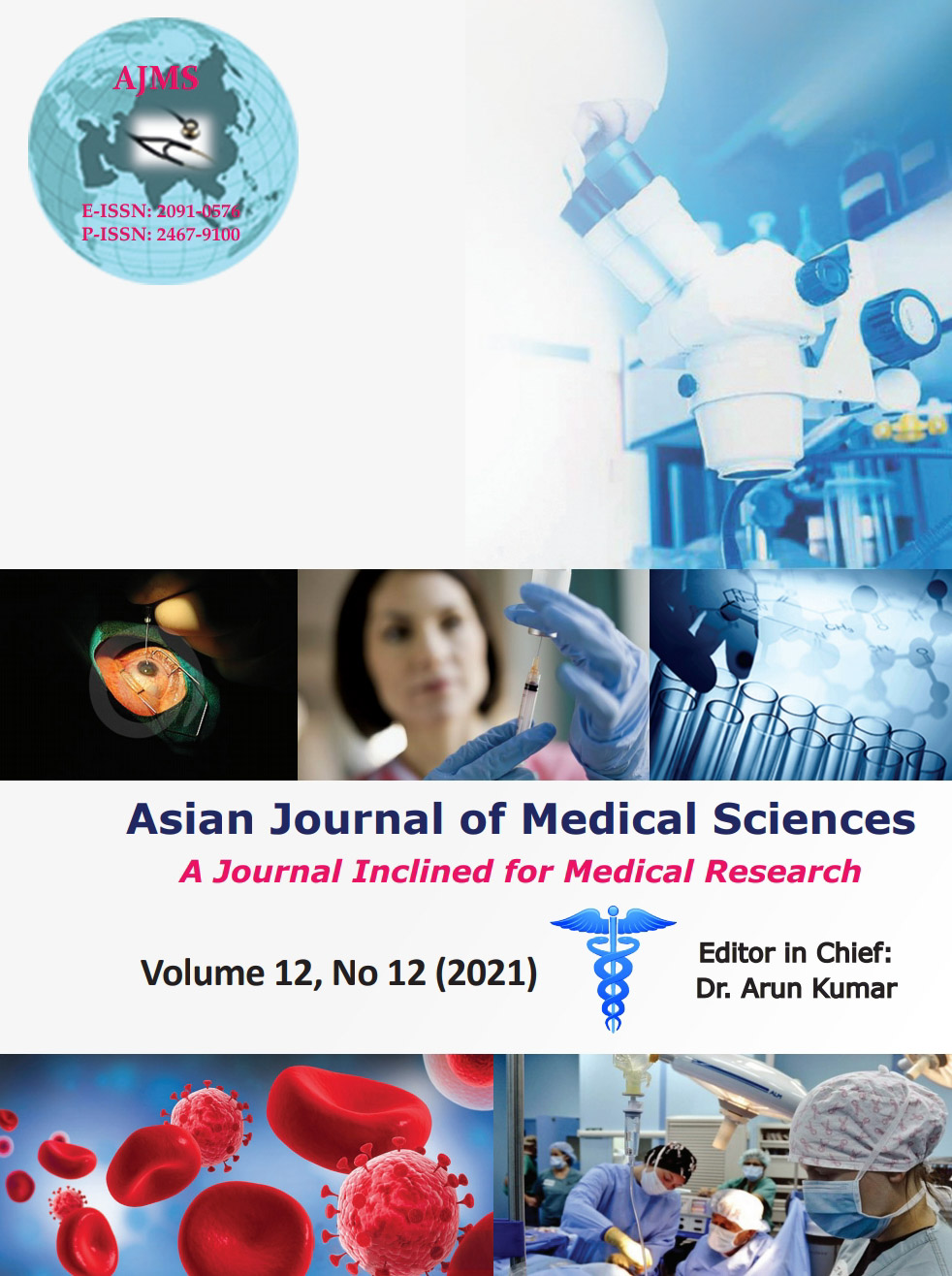Role of magnetic resonance imaging in diagnosis and grading of perianal fistulas
Keywords:
Magnetic resonance imaging, MR Fistulogram, Secondary tracts/ramifications, Sphincter muscles, Transmural inflammationAbstract
Background: Fistula-in-ano can be defined as a hollow tract or cavity which is lined by granulation tissue. In case of fistula-in-ano, one end of this fistula opens in the anal canal whereas the other end is located in perianal area. Fistula-in-ano can considerably affect quality of life of an individual because of perianal discharge of blood and pus. Imaging of these fistulas is an important part of management and MR imaging is important in assessing relationship between the fistulous tract and sphincter muscles. Moreover, MR imaging can reliably demonstrate transmural inflammation, secondary tracts/ramifications, and abscesses which cannot be diagnosed on the basis of conventional fistulography.
Aims and Objectives: The aim of the study was to evaluate role of MRI in diagnosis and grading of perianal fistulae.
Materials and Methods: This was a retrospective observational study, in which 60 patients with fistula-in-ano were included on the basis of a predefined inclusion and exclusion criteria. MR imaging of patients was done by 1.5 T MRI machine. Before MR imaging normal saline was injected in the fistulous tract from secondary/external opening, that is, opening around perianal area. Three plane images were obtained in all the cases. T1W, T2W, and STIR image sequences were obtained parallel to pelvic diaphragm. Coronal cuts were imaged parallel to anal canal. FAT suppressed T1W and T2W images in all cases. Type and grade of fistula were determined in all the cases. P < 0.05 was taken as statistically significant.
Results: Out of total 60 patients, there were 46 (76.66%) males and 14 (23.33%) were females with a M:F ratio of 1:0.30. The mean age of male and female patients was found to be 41.93±8.96 years and 44.04±7.46 years, respectively. The most common type of fistula was found to be trans-sphincteric fistula which was seen in 31 (51.6%) cases followed by intersphencteric fistula 22 (36.6%). Extrasphincteric and suprasphincteric fistulae were relatively uncommon and were seen in 4 (6.66%) and 3 (5%) cases, respectively. MRI was accurate in diagnosis of the tract with position of internal opening and any abscess cavity or secondary tract in 23 patients. Therefore, the diagnostic accuracy of MRI was found to be 95.4%.
Conclusion: MRI is an excellent tool in assessment of perianal fistula. It not only helps in precisely locating fistulous tract but also can demonstrate relationship between the fistulous tract and sphincter muscles. Moreover, it can very well demonstrate transmural inflammation, secondary tracts/ramifications, and abscesses which cannot be assessed by conventional fistulograms.
Downloads
Downloads
Published
How to Cite
Issue
Section
License
Copyright (c) 2021 Asian Journal of Medical Sciences

This work is licensed under a Creative Commons Attribution-NonCommercial 4.0 International License.
Authors who publish with this journal agree to the following terms:
- The journal holds copyright and publishes the work under a Creative Commons CC-BY-NC license that permits use, distribution and reprduction in any medium, provided the original work is properly cited and is not used for commercial purposes. The journal should be recognised as the original publisher of this work.
- Authors are able to enter into separate, additional contractual arrangements for the non-exclusive distribution of the journal's published version of the work (e.g., post it to an institutional repository or publish it in a book), with an acknowledgement of its initial publication in this journal.
- Authors are permitted and encouraged to post their work online (e.g., in institutional repositories or on their website) prior to and during the submission process, as it can lead to productive exchanges, as well as earlier and greater citation of published work (See The Effect of Open Access).




